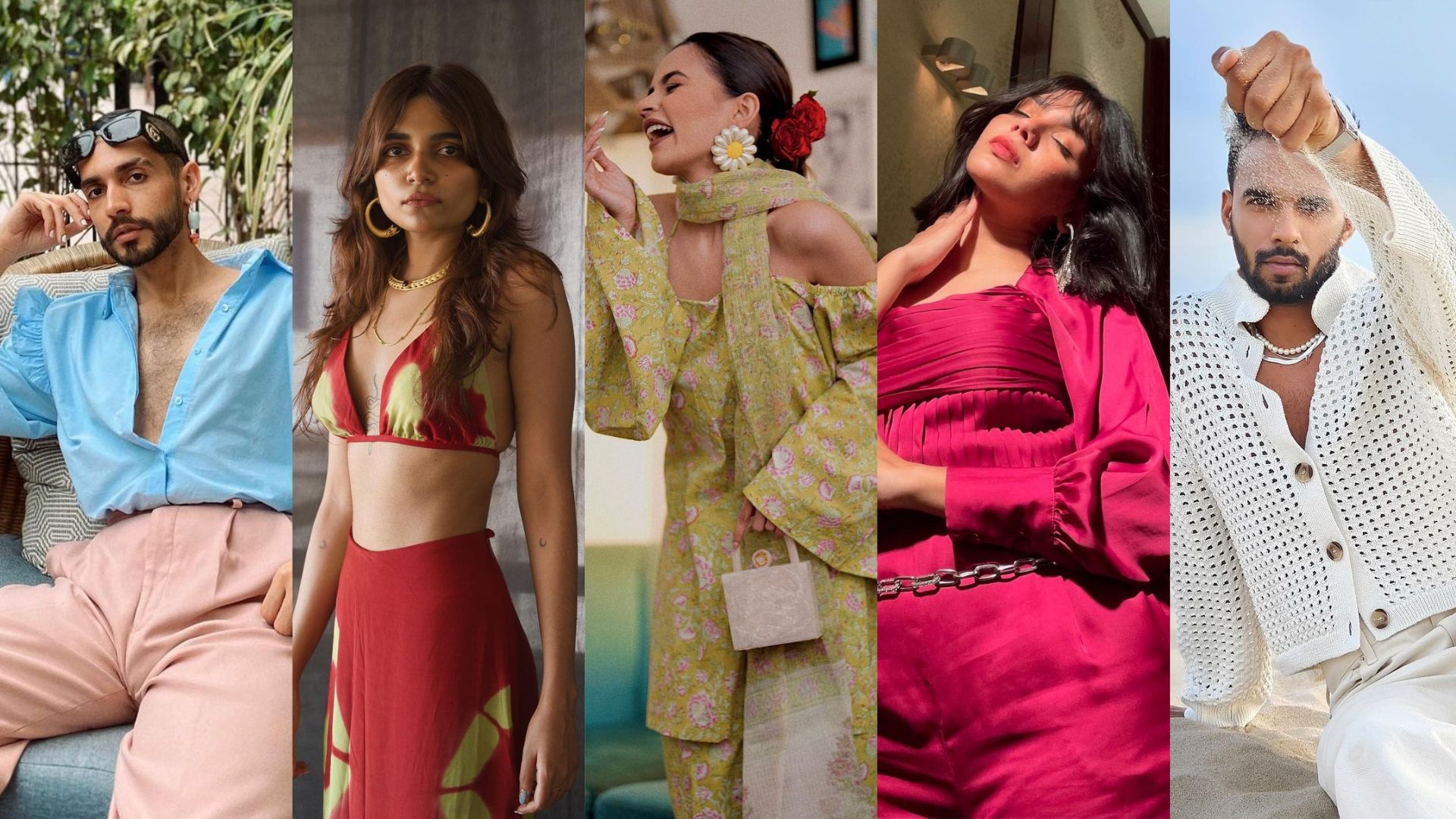Rise of Fashion Influencers in Influencer Marketing
Sinchana B M
The growth of fashion influencers is reshaping brand strategies in influencer marketing.

- Introduction: Fashion Influencers
- Leading Fashion Influencers
- Celebrity Fashion Influencers
- Formal Wear Fashion Influencers
- Ethnic Wear Fashion Influencers
- Luxury & Premium Fashion Influencers
- Gen Z Mega Fashion Influencers
- Gen Z Macro Fashion Influencers
- Gen Z Micro Fashion Influencers
- Gen Z Nano Fashion Influencers
- Casual Wear Fashion Influencers
- Millennial Fashion Influencers
- Regional Fashion Influencers
- Conclusion
Introduction: Fashion Influencers
Fashion influencers have become a powerful force in digital marketing, transforming how brands connect with consumers. Platforms like Instagram and YouTube have expanded their reach, allowing influencers to set trends and drive purchases. Brands and agencies partner with them through sponsored content, affiliate marketing, live shopping, and exclusive launches to boost visibility, engagement, and conversions. These collaborations add authenticity and help agencies optimize ROI by choosing the right influencers. Micro and nano influencers, with their loyal audiences, often outperform celebrities in driving conversions. Fashion influencers fall into categories like Gen Z Mega, Macro, Micro, and Nano influencers, each catering to specific needs mega influencers build mass awareness, while nano influencers offer deep engagement. Celebrity, Luxury, Casual, Formal, and Ethnic Style influencers target different demographics and fashion preferences, giving brands tailored access to style-conscious consumers.
Leading Fashion Influencers

Celebrity Fashion Influencers
Celebrity fashion influencers play a vital role within the fashion and beauty industries through various forms of partnership. A key aspect of their activity involves explicit brand endorsements and sponsored content, often indicated through acknowledgements of collaborations within their posts. In these instances, influencers showcase specific products, often detailing their features and benefits, and sometimes directing their audience to points of purchase. Furthermore, many influencers credit the designers and brands associated with their attire and accessories. While the nature of these relationships isn’t always explicitly stated, these brand mentions and style credits function as a form of promotion, potentially building connections for future collaborations.
Influencers frequently tag the social media accounts of these brands, increasing their visibility. Beyond showcasing fashion, these influencers also engage in partnerships with beauty brands by featuring makeup and skincare products, often describing their qualities and application. Their involvement in events such as fashion shows and brand-organised gatherings further highlights collaborative efforts, where their style and presence align with and promote the brands involved.
image highlights a collaboration between ShivShakti Sachdev and charlottetilbury
image highlights a collaboration between Anmol Bhatia Sachdev and hudabeauty

The image showcases top brands that have collaborated with celebrity fashion influencers. Larger brand logos represent a higher number of collaborations. Notable names include charlottetilbury with 12 collaborations, mynykaa with 10, and ZARA, hudabeauty , and Kaachvalaym with 7 each. Brands like H&M (6 collaborations), Saregama India, Dior Beauty, Jimmy Choo, L’Oréal Paris, and Eternal Sunshine Productions (each with 5) also actively partner with influencers, reflecting their strong presence in the fashion and beauty space.
Formal Wear Fashion Influencers
Formal wear fashion promoters in the provided material frequently showcase refined and sophisticated styles through their brand associations. These individuals often feature specific formal attire such as suits, tuxedos, and other tailored pieces, and they commonly identify the associated designers or brands. The practice of tagging the involved brands in their posts is widespread, serving as a direct connection between the showcased items and the brand’s online presence.
These promoters often provide valuable guidance on how to style formal wear effectively. They may offer suggestions on coordinating different elements of a formal outfit, such as the appropriate pairing of shirts, ties, and accessories with suits. Recommendations on suitable footwear and the importance of a well-fitting garment are also frequently highlighted. Furthermore, the strategic use of relevant hashtags such as #formalwear, #mensuit, and #mensfashion is a common tactic to categorise their content and broaden its reach to individuals interested in formal style. Through these methods, these promoters act as guides in the domain of formal wear, offering visual inspiration and practical recommendations for achieving a polished and impactful appearance for various formal events by featuring particular brands and providing actionable style tips.
image highlights bhavaydhawan showcasing outfit ideas featuring pieces from hm, zara, and snitch.co.in
image highlights a collaboration between nikhsharma and jackjonesindia

The image showcases top brands that have collaborated with formal wear fashion influencers. The logo size represents the number of collaborations larger logos signify more partnerships. Leading the chart are brands like H&M with 24 collaborations and ZARA with 22, followed by Myntra with 19. Influential names like Nykaa, L’Oréal Paris, Jack & Jones, and Daniel Wellington have consistently engaged in multiple collaborations. Emerging and niche brands such as Linen Club, Escaro Royalé, and SSBeauty by Shoppers Stop also show strong engagement in influencer marketing.
Ethnic Wear Fashion Influencers
Ethnic wear fashion promoters in the provided material frequently display a diverse range of traditional and modern ethnic fashions through their associations with various brands. These individuals often feature specific ethnic garments, including sarees of different weaves and styles, elaborate lehengas, comfortable kurtas, and elegant suits. The common practice of tagging the designers, brands, or retail outlets involved in their posts serves as a direct method for their audience to connect with the showcased items. Collaborations with both established designers and online platforms that offer ethnic wear are also evident within the content. These promoters often offer valuable guidance on how to style ethnic attire for a variety of events and purposes, spanning significant festive occasions, wedding celebrations, and everyday wear They may provide suggestions on the appropriate pairing of jewellery, accessories, and even makeup looks to complement specific ethnic ensembles.
The strategic use of relevant hashtags that denote the type of garment, the occasion, or specific textile crafts is a consistent method employed to categorise their content and extend its reach to individuals with particular interests in ethnic fashion. Through these approaches, these promoters function as resources for ethnic style inspiration and practical advice, showcasing different brands and offering actionable tips for achieving varied ethnic looks suitable for diverse settings.
image highlights a collaboration between style_with_adhira and meeshoapp
image highlights a collaboration between pratiksha_thadve and flipkartlifestyle

The image highlights leading brands that are actively collaborating with ethnic wear fashion influencers. The size of each brand’s logo represents the volume of collaborations—larger logos mean more partnerships. Meesho dominates with 168 collaborations, followed by Amazon Fashion India with 63, and Myntra with 32. New-age platforms like HYPD, Hypd Squad, Shopsy, and Flipkart Lifestyle are becoming strong players. Traditional names like Co-optex, Ministry of Textiles, and Westside Stores are also leveraging influencer partnerships to connect with culturally-conscious audiences. Global retail giants like ZARA and H&M
Luxury and Premium Fashion Influencers
Luxury and premium fashion promoters in the provided material consistently showcase exclusive and high-value clothing, accessories, and cosmetic products through their affiliations with a variety of distinguished brands. These individuals frequently feature specific items from well-known luxury and premium designers and labels, clearly stating the brand names and often providing descriptive information about the featured garment or accessory. A common approach involves directly tagging the official social media accounts of the brands within their posts, making it straightforward for their audience to discover and learn more about the showcased products. Often, collaborations present complete ensembles or carefully put-together looks that combine different luxury and premium pieces. Furthermore, these promoters frequently document their attendance at exclusive fashion shows, brand events, and fashion weeks, offering their followers insights into the high-end fashion industry.
These promoters often provide styling advice and inspiration on how to effectively incorporate luxury and premium items into personal wardrobes, frequently demonstrating how to create sophisticated and fashionable looks. They may highlight the superior quality of materials, the detailed craftsmanship, or the unique design elements of the items they feature, thereby increasing the appreciation for the worth and exclusivity of luxury goods. The strategic use of relevant hashtags such as #luxuryfashion, #highfashion, #luxurylifestyle, #statementstyle, and specific brand-related hashtags is employed to categorise their content and connect with audiences specifically interested in the luxury and premium fashion sphere. Through these methods, these influencers act as style authorities and guides to the world of high-end fashion, providing both aspirational visuals and practical knowledge on integrating premium and luxury brands into their followers’ lifestyles.

The image showcases major luxury and premium fashion and beauty brands that have collaborated with influencers. The size of each brand’s logo reflects the volume of influencer partnerships—bigger logos indicate more collaborations. Nykaa leads with 98 collaborations, followed by global names like ZARA (84), H&M (67), and M·A·C Cosmetics India (62). Rising players like Savana and Tira are making their mark, while iconic international labels such as HUDA BEAUTY, Charlotte Tilbury, Dior, GUCCI, and YSL Beauty continue to command influence. Indian designers and platforms like Sabyasachi, Shivan & Narresh, Nykaa Fashion, and Tata CLiQ Luxury are also deeply integrated into the premium influencer ecosystem.
image highlights a collaboration between diipakhosla and gucci
image highlights a collaboration between komalpandeyofficial and vaselineindia
GenZ Mega Fashion Influencers
Gen Z mega fashion influencers in the provided material demonstrate a dynamic and diverse engagement with the fashion landscape through their various partnerships. These individuals frequently showcase a broad spectrum of apparel and accessories, ranging from high-end couture and designer jewellery to contemporary streetwear and traditional ethnic wear. They consistently tag the specific brands, designers, or retailers associated with the items they feature in their posts, providing a direct pathway for their followers to explore these products further. Their collaborations span across different segments of the fashion industry, encompassing both established luxury houses and emerging independent labels, as well as online platforms and physical stores. Furthermore, these influencers often participate in promotional activities and sponsored content, indicating active partnerships with brands aiming to connect with the Gen Z demographic across various product categories, including clothing, beauty, and lifestyle.
These promoters actively provide styling inspiration and outfit suggestions that align with current fashion trends and resonate with the preferences of their Gen Z audience. Their content often adopts a conversational and authentic style, incorporating current internet slang and cultural references to enhance relatability. The strategic use of relevant and trending hashtags remains a crucial element in amplifying their content’s visibility and reaching a wider audience interested in particular styles, brands, or fashion movements. Additionally, they frequently document their presence at fashion-related events, product launches, and social gatherings, offering insights into their experiences and further solidifying their association with the brands and trends they endorse. Through these multifaceted approaches, Gen Z mega fashion influencers in the source material operate as significant trendsetters and brand advocates within their generation, delivering a blend of aspirational and accessible fashion-related content through their numerous collaborations.
image highlights a collaboration between rxjvee and amazondotin
image highlights a collaboration between nancytyagi___ and samsungindia

The image highlights prominent brands that have collaborated with Gen Z fashion and lifestyle influencers. Larger brand logos indicate more frequent partnerships. For instance, Savana and Myntra stand out with 8 collaborations each, while luxury hotels like Hyatt Regency Pune and fashion staples such as H&M have each collaborated 6 times. The list includes a mix of fashion, beauty, tech, jewelry, and travel brands—ranging from Nykaa, ZARA, and FashionNova to Samsung India, Swiss Beauty, and Pimalai Resort & Spa, showing the diversity of influencer-brand collaborations in the Indian and global market.
Gen Z Macro Fashion Influencers
Gen Z macro fashion influencers, as evidenced throughout the provided material, actively participate in a wide array of collaborations across diverse fashion and lifestyle sectors. These influencers frequently feature specific clothing items, accessories, and beauty products, clearly identifying the associated brands, designers, or retailers within their posts by directly tagging their social media accounts. Their partnerships are extensive, encompassing both well-established international and local brands, alongside online fashion platforms and emerging designers.
A significant aspect of their collaborations involves sponsored content and promotional activities or directly mentioning brand partnerships, and sometimes featuring discount codes or explicit calls to action to purchase specific brands. These influencers consistently provide visual representations of current fashion trends and offer styling inspiration that resonates with a Gen Z audience. Their content showcases a versatile range of styles, spanning from everyday casual wear and streetwear to more formal and occasion-specific attire, including ethnic wear. They frequently document their attendance and involvement in significant industry events such as fashion weeks, brand launches, and concerts . Through the strategic application of relevant and trending hashtags , they effectively reach and engage with a wider audience interested in particular styles, brands, or events. Consequently, Gen Z macro fashion influencers in the source material function as significant trendsetters and brand advocates, efficiently connecting brands with their target demographic by presenting both aspirational and accessible fashion-related content in a streamlined manner.
image highlights a collaboration between _tanyabedi_ and savana
image highlights a collaboration between anushkamehra7 and toofacedlovesindia

The image showcases well-known brands that have collaborated with Gen Z macro fashion influencers. The size of each brand’s logo corresponds to the number of influencer collaborations they’ve executed. Leading the chart, Savana has collaborated 47 times, followed by H&M with 43 and L’Oréal Paris with 40. Other globally recognized brands like ZARA, Nykaa, Maybelline, and HUDA Beauty also show high engagement in influencer marketing, highlighting their strong digital presence and appeal to Gen Z consumers.
GenZ Micro Fashion Influencers
This section highlights the diverse marketing strategies employed by automobile brands in India, including festive campaigns, collaborations, product launches supported by celebrity promotions, and discounts and offers during various sales events.Gen Z micro fashion influencers, as evident in the provided material, actively participate in numerous brand collaborations across a diverse range of fashion, beauty, and lifestyle sectors. These influencers frequently feature specific products such as clothing items, accessories like jewellery and bags, and beauty products ranging from makeup to skincare. Their collaborative efforts are highlighted through direct mentions and tagging of the brands involved in their posts. This approach allows their audience to easily identify and explore the featured products and brands. The scope of their partnerships includes a mix of well-known and emerging brands, as well as online retailers, indicating a varied approach to their collaborations. Furthermore, the inclusion of discount codes associated with specific brands in some posts suggests the use of affiliate marketing or sponsored content to further engage their audience and promote brand products. These micro influencers primarily focus on providing visual inspiration nd showcasing current fashion trends through their content.
They present a wide variety of styles, encompassing everyday casual outfits, activewear, occasion-specific attire, and ethnic wear. Their posts often detail the specific brands of the items they are featuring, thus directly linking their style to accessible products. Beyond fashion, their collaborations extend to the beauty industry, featuring makeup and skincare products from numerous brands. This demonstrates that Gen Z micro fashion influencers leverage their platforms to act as brand advocates across different product categories, providing their audience with relatable style inspiration and direct access to the products they promote through their collaborative partnerships with various brands.
image highlights a collaboration between pranjalii23 and fwd
image highlights a collaboration between amikshapawar and thelabel_aira

The image shows major brands that have collaborated with Gen Z micro fashion influencers. The brand logo in a larger size indicates a higher number of influencer collaborations. Savana stands out with a whopping 168 collaborations, while other top players like Myntra (54), H&M (45), and ZARA (30) follow suit. Emerging brands such as fwd, Tira, and NEWME
Gen Z Nano Fashion Influencers
Gen Z nano fashion influencers, as demonstrated in the provided source, engage in various forms of brand collaboration within the fashion, beauty, and lifestyle sectors. These influencers frequently showcase specific products such as clothing, accessories, and occasionally food or event experiences in their posts. These nano influencers primarily create content that offers glimpses into their personal style and experiences, often incorporating brand collaborations within this context.
Their posts showcase a variety of settings and activities, ranging from casual outings and everyday life to participation in events and promotion of specific products. While fashion remains a central theme, some posts also include references to food, travel, and lifestyle choices, indicating a broader approach to content creation that may indirectly feature brands. The mention of locations and activities alongside brand tags further integrates collaborations into their personal narratives, potentially making the endorsements feel more authentic to their audience. Their approach to collaboration seems to be integrated within their everyday content rather than solely focusing on direct promotional campaigns.
image highlights a collaboration between anshikabirani and hm
image highlights a collaboration between tanyagupta.official and two_fiftyseven

The image shows major brands that have collaborated with Gen Z nano fashion influencers. The brand logo in a larger size indicates a higher number of influencer collaborations. Among the top collaborators, H&M leads with 10 partnerships, followed closely by Savana (9), Nykaa (8), and ZARA (7). Beauty and fashion labels like Maybelline, M.A.C Cosmetics, and Swiss Beauty.
Casual Wear Fashion Influencers
Casual wear fashion influencers often feature a wide variety of relaxed and everyday clothing and accessory options in their content. These influencers commonly showcase specific casual garments such as dresses, t-shirts, jeans, hoodies, and co-ord sets. Their posts frequently highlight the brands or retailers from which these items are sourced, including a mix of well-known and emerging fashion labels. This direct association with brands allows their audience to easily identify and potentially acquire the featured pieces.
These influencers primarily focus on providing styling ideas and outfit inspiration centred around casual looks, demonstrating different ways to combine garments for various everyday scenarios. They may also draw attention to specific brand features or collections, such as new arrivals or seasonal wear. Collaborations frequently extend to online shopping platforms, with influencers showcasing curated selections or hauls of casual wear available through these retailers. The use of hashtags relevant to casual style is also prevalent, helping to categorise their content and make it discoverable to individuals interested in casual fashion.
image highlights a collaboration between prabhsinghhhh and powerlookofficial
image highlights a collaboration between tkavya_mahajann and yslbeauty

The image showcases major brands that have collaborated with casual wear fashion influencers. A larger brand logo in the image signifies a higher volume of influencer collaborations. Amazon Fashion India leads this space with 50 collaborations, followed by H&M (39), Fugazee and Myntra (32 each), and H&M Man (24). Brands like ZARA, Zara Man, Lenskart, and Freakins also show a strong presence in the influencer space. Lifestyle and beauty players such as Amazon India, Westside Stores, Puma and OPPO India
Millennial Fashion Influencers
Millennial fashion influencers are individuals who frequently engage in various collaborations to showcase a wide spectrum of fashion trends and styles that appeal to their audience. These influencers commonly feature partnerships with clothing brands that offer a diverse range of apparel. These influencers commonly feature partnerships with clothing brands that offer a diverse range of apparel. This includes contemporary and casual wear such as basic base layers with a pop of colour, oversized outfits, linen co-ord sets for relaxing days, cotton saree looks for the office, bohemian styles, repeated outfits, and floral co-ord sets. They also feature more formal options like elegant, chic, and silently stylish dresses, desi looks for weddings, sophisticated co-ord sets, and outfits suitable for parties and festive seasons. Additionally, they showcase ethnic and traditional Indian wear like cotton sarees, chikankari sarees, handloom sarees, banarasi sarees, and other desi outfits appropriate for weddings and cultural events.
Millennial fashion influencers frequently collaborate with accessory brands, showcasing jewellery, bags, and shoes to complete their looks. They also feature collaborations in beauty and lifestyle, mentioning hair care and makeup, and even travel. A key aspect of these partnerships is the consistent tagging of brands, facilitating audience purchases. The use of strategic hashtags categorises content for specific fashion interests like #weddings, #lookbook, #indianoutfitideas, #bohochic, #officewear, #sareelove, and #festive. This demonstrates their aim to provide wide-ranging inspiration and recommendations across various fashion needs and occasions through collaborations with diverse brands.
image highlights a collaboration between pallavisinghtdg and natelierbybentchair
image highlights a collaboration between Mitaliwadhwa and piaandparoclothing

The image displays prominent brands that have collaborated with Millennial fashion influencers. The size of the logo signifies the number of influencer partnerships. ZARA leads with 27 collaborations, followed by H&M (22), Myntra (19), and Nykaa (15). Beauty brands such as L’Oréal Paris, Maybelline, M·A·C Cosmetics, Kiro Beauty, and Tira also show a strong presence in influencer marketing. New-age platforms like Meesho and boutique labels such as House of Zelena and Shop Mulmul are making waves with double-digit collaborations. Luxury and lifestyle brands like Charlotte Tilbury, Dior, and Daniel Wellington also feature among the top collaborators.
Regional Fashion Influencers
Fashion in India is now a celebration of regional diversity, thriving in cities far beyond the traditional fashion capitals, with local influencers playing a key role in shaping trends and connecting brands with diverse audiences. From Bangalore to Mumbai, Delhi to Pune, and cities like Surat, Jaipur, and Kolkata, regional fashion influencers are elevating the style narrative of their communities. These creators not only showcase regional aesthetics and cultural uniqueness but also collaborate with local and national brands, making fashion more relatable and accessible to their followers. Their influence is helping brands build deeper connections with consumers by tapping into local trends, languages, and identities.
The list below highlights some of the most impactful fashion influencers across various regions in India who are redefining the fashion scene one post at a time.
Conclusion
Fashion influencers play a crucial role in shaping trends and brand engagement. From mega influencers with massive reach to nano influencers with niche audiences, each contributes to the industry’s evolution. Gen Z and millennial consumers rely on them for style inspiration and product trust, making influencer marketing essential for brands. Luxury brands like Charlotte Tilbury and Dior Beauty maintain exclusivity with top-tier influencers, while Nykaa, H&M, and Maybelline use macro and micro influencers for wider reach. Nano influencers drive strong engagement through authenticity. Whether through viral trends or brand partnerships, influencers are the key link between brands and modern consumers, keeping fashion dynamic and aspirational.
Discover the Fashion Influencers
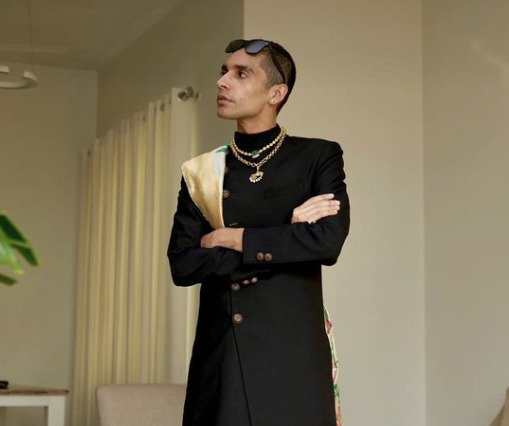
Formal Wear Fashion Influencers
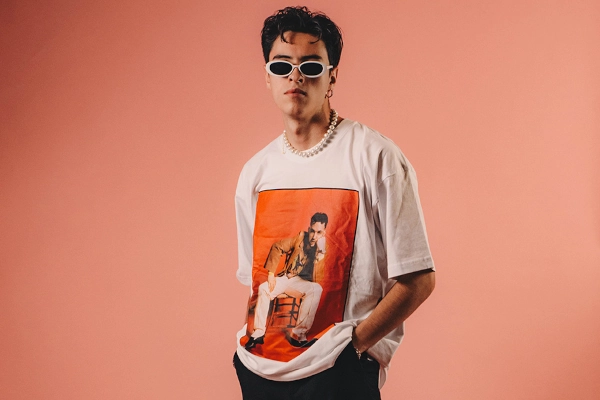
GenZ Mega Fashion influencers
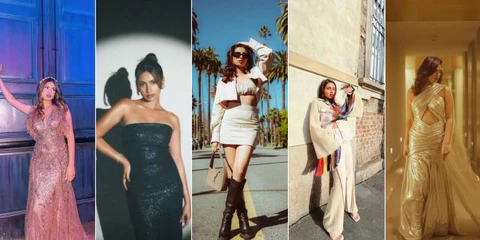
Celebrity Fashion Influencers

Luxury and Premium Fashion Influencers

GenZ-Macro Influencers
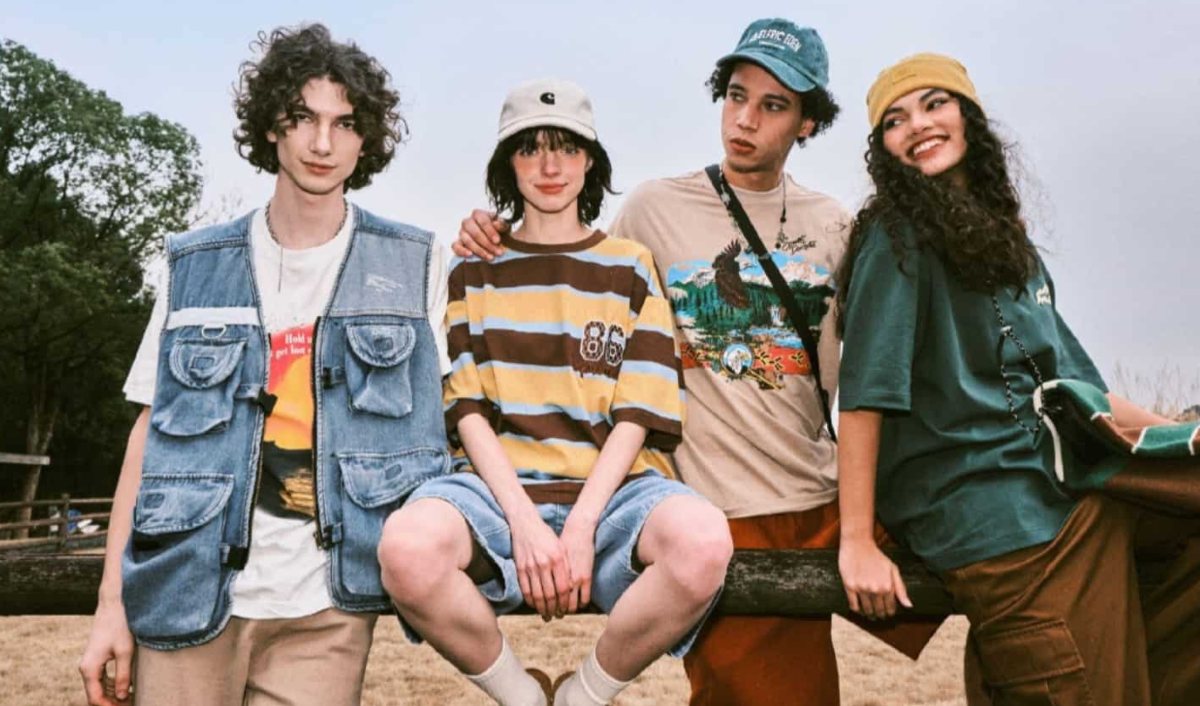
GenZ-Macro Influencers
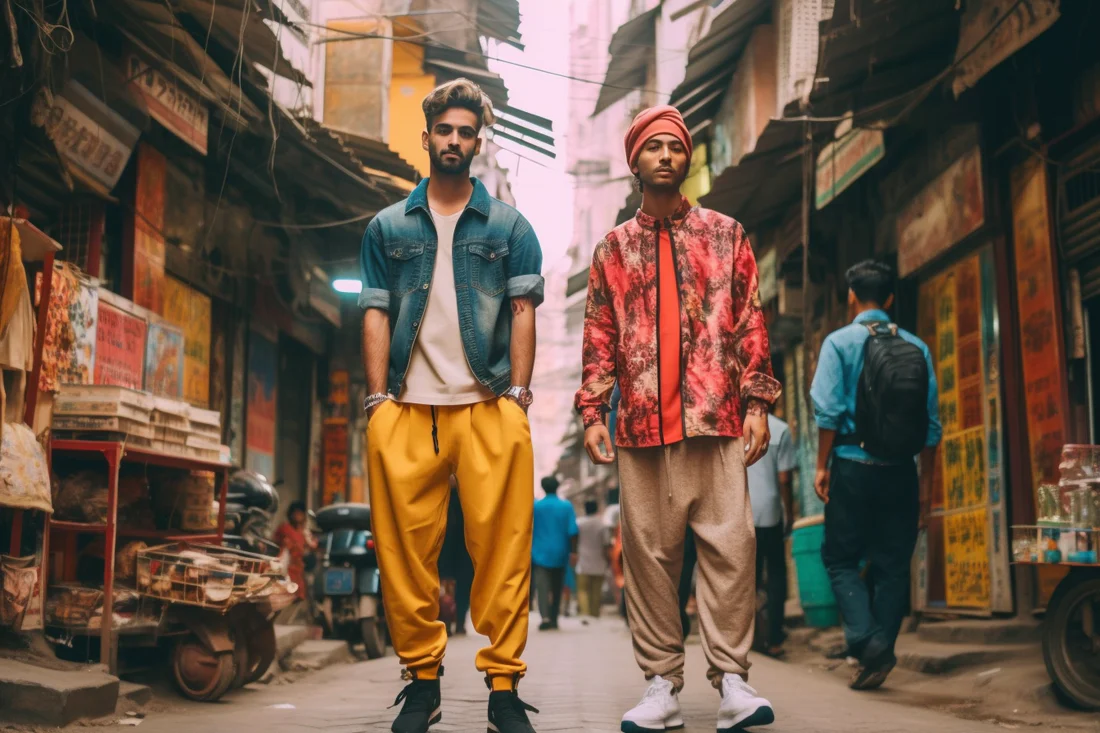
Casual Wear Fashion influencers
